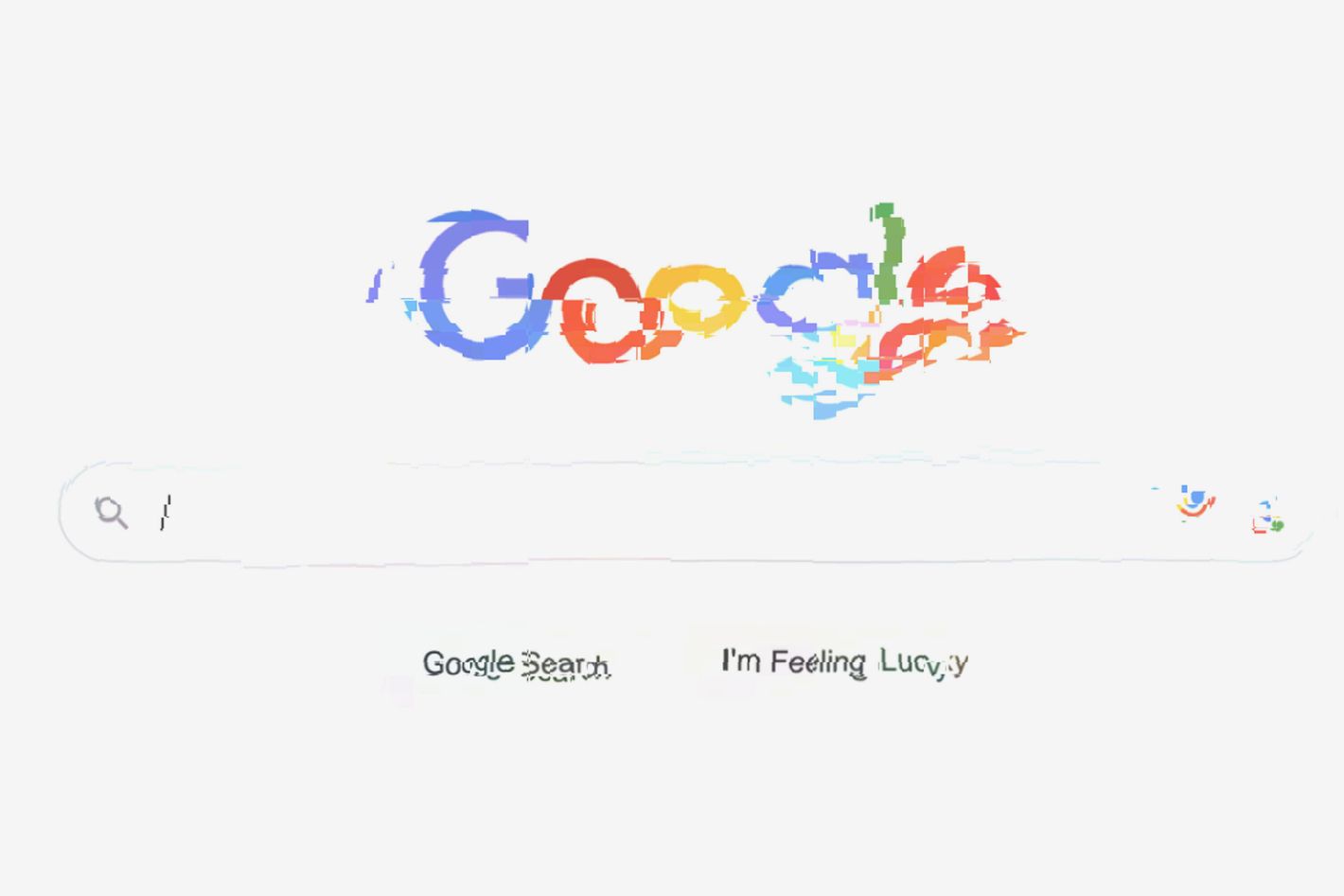Photo-Illustration: Intelligencer
On SEC-filed paper, Google’s parent company Alphabet is in great shape. Every important part of its business is growing. It still owns the world’s main interface for the web. It’s the largest advertising company in the world, raking in tens of billions of dollars in profit in the first months of the year, raising dividends, and authorizing stock buybacks.
It’s also a company with, rather suddenly, a lot to worry about. The government is currently threatening to break it up, with a specific focus on cleaving off Chrome, the most popular browser in the world, and a source of enormous traffic to Google’s ad business (companies that have expressed interest in buying it recently include OpenAI and Yahoo, which called it “arguably the most important strategic player on the web.”) And while Google’s earnings suggest a healthy search business, the company is nonetheless in the process of overhauling it completely, spooked by the popularity of ChatGPT, worried about advertising competition from Amazon, and trying to get out in front of a web that’s suffering something akin to ecological collapse.
As Google tells it — along with virtually every major tech company in 2025 — the way forward is AI everywhere and in everything. Most obviously for Google, it means new search features, Gemini chatbots across its product range, and a rapid remaking of some of its core brands, from Docs to Gmail to Android, with LLMs. Less visibly, it means enterprise AI tools, new ad targeting tech, and selling AI features (or labor) through Google Cloud. For now, the relationship between AI and Alphabet’s actual business is hard to tease out. It’s spending a lot of money, of course, and it’s making some claims. Sundar Pichai emphasized that its Search Overviews, the AI-generated blurbs at the top of search pages, now have “1.5 billion users per month,” which is an awful lot of people. But also, how couldn’t they? Google turned them on by default for most users, and now they appear automatically. If Google had better AI news than this, it probably would have shared it.
What Google did share were a few other clues about what a post-Google Google might look like, or at least a Google in which web search isn’t the firm’s primary business, neither of which is primarily about AI. One is that YouTube, the size and revenue of which Google didn’t start disclosing until 2020, now accounts for nearly a tenth of Alphabet’s total revenue, and is still growing quickly. (For the last few years, it’s also outranked Netflix, which is typically portrayed as the standard-bearer for streaming, in terms of viewing time on actual televisions, which might sound either completely obvious or completely insane, depending on your age.) Companies like Netflix have a credible claim over the future of TV distribution, but YouTube brings with it a novel economy of TV production, too.
The other strange item in Google’s report was a line about paying customers. “Driven by YouTube and Google One, we surpassed 270 million paid subscriptions,” the company said. YouTube offers an ad-free tier, which is comparable in price to a streaming service, and YouTube TV, a fast-growing and more expensive cable alternative. There’s also YouTube Music, which is often bundled with YouTube Premium, a Spotify competitor. These are fairly straightforward subscription products, in the sense that people pay for them in order to get something new or different: Access to media, relief from ads, and additional features.
Google One, however, is something else, and likely accounts for a large portion of that 270 million. At the top tier, it’s a bundle that includes access to Google’s latest AI models. At the far more popular bottom tier, which costs $2 a month, it’s just a way to buy more storage when your Gmail account is full, or you want more space for photos taken with your Android phone. It’s Google’s version of iCloud+, which has also been a quietly massive source of revenue for Apple. These are a different sort of subscription product, less elective than necessary and less marketed than directly induced. (I’d wager most “subscribers” to Google One, who begrudgingly consented to a $2-a-month inbox toll, aren’t familiar with the official name of it.)
Even without the speculative narratives of AI, this suggests the possibility of a very different Google in the coming years. Google grew into a $2 trillion company primarily by giving away its products for free and charging advertisers for access to its users; now, some of its fastest-growing businesses with the most room to expand are things customers expect, or are expected, to pay for.

